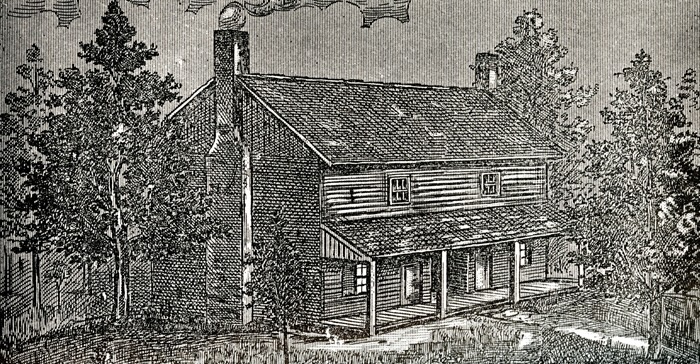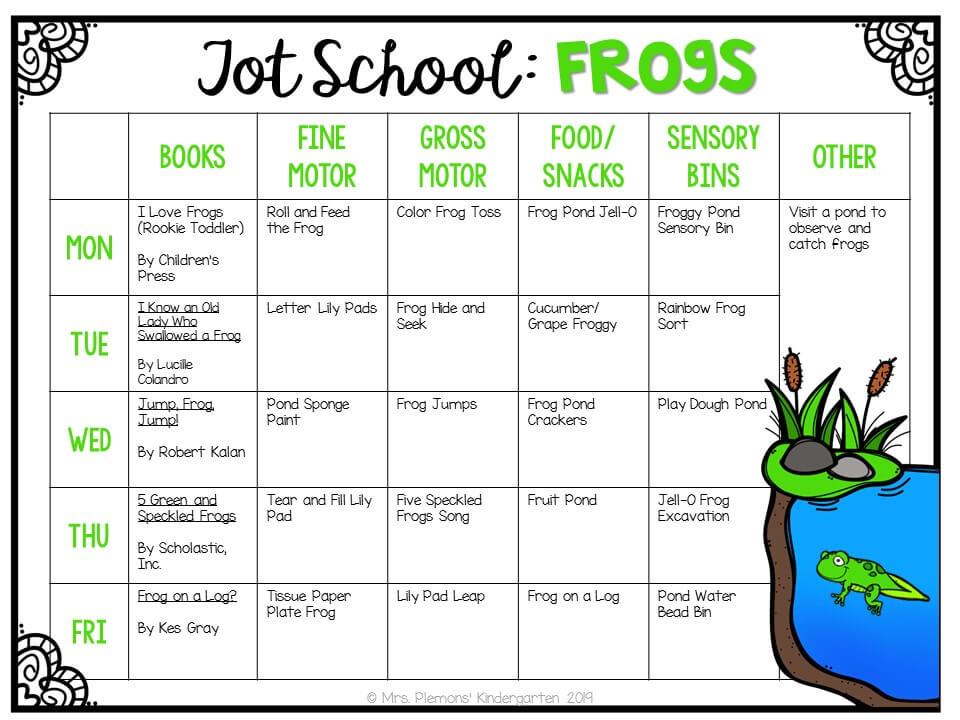Check out this painting.�Kungkarrangkalpa Tjukurrpa, 2015 by Australian indigenous artists�Exhibition opens at The Box, Plymouth (and thanks to cousin Clair Drever for drawing my attention to this) Look at the bottom right hand corner � there is a group...
Check out this painting.�
Kungkarrangkalpa Tjukurrpa, 2015 by Australian indigenous artists�
Exhibition opens at The Box, Plymouth (and thanks to cousin Clair Drever for drawing my attention to this)
Look at the bottom right hand corner � there is a group of people there. You know what this painting looks like to me? It looks like a landscape mosaic. And it was created by the people in the right hand corner� hunter-gatherers use small burns in patches to achieve this.
Scientific work in ecosystem dynamics has shown that such �patch dynamic� landscapes maintain a high diversity of animals and plants. It has also been shown that these diversity ecologies are linked to the presence of �keystone� species.�
��.The idea of patch dynamics dates back to the 1940s when plant ecologists studied the structure and dynamics of vegetation in terms of the interactive patches that it comprises. A mathematical theory of patch dynamics was developed by Simon Levin and Robert Paine in the 1970s, originally to describe the pattern and dynamics of an intertidal community as a patch mosaic created and maintained by tidal disturbances. Patch dynamics became a dominant theme in ecology between the late 1970s and the 1990s.� (https://en.wikipedia.org/wiki/Patch_dynamics)
However, in Anthropology, these ideas were not incorporated, perhaps due to the demise of �cultural ecology� studies during the same period of time, as post-modernism and feminist theories of power relationships became the newest theoretical fad.�
Some studies have continued, however, which have focussed on the cultural ecology of hunter-gatherers, and other sustainable economic systems like horticulture (forest gardening) and nomadic pastoralism. There has been some progress in integrating ecological models of humans functioning, in these economies, as a KEYSTONE species, practicing ecological engineering, through the use of fire and replanting of favoured food plants. Hunter-gatherer economies, in particular, appear to have integrated practices of �patch dynamics� in the management of their landscapes.
This refines our understanding of the �niche� of the our species, and all our ancestral forms, within the planetary ecology. We now need to ask ourselves how so many human economies, during the last 10,000 years, lost sight of these principles and began to undermine the species diversity.
�������
About the exhibition��.After being viewed by more than 400,000 people in Australia, winning prizes and attracting rave reviews, the exhibition Songlines: Tracking the Seven Sisters opens this week at The Box in Plymouth on the first leg of a European tour that will take in Paris and Berlin.
The exhibition features more than 300 paintings, photographs, objects � plus elements of song and dance � made by more than 100 Indigenous Australians, mostly women. A �DomeLab� � an immersive video projection gizmo � will transport viewers from south-west England into Australian deserts and caves and up into the solar system.
Margo Neale, a senior indigenous curator at the National Museum of Australia and the lead curator of the exhibition, said it was driven by the desire to preserve songlines, which are hard to sum up in English but might be described as age-old paths of Indigenous knowledge and creation history, for future generations and to share them with the rest of the world.
�This is not an art exhibition, a history exhibition or a science exhibition,� Neale said. �It is all of these. It is both an Australian Aboriginal exhibition and a universal story of humankind. It offers us connectivity to each other and our planet in a fragmenting world.�
Neale has supervised the setting up of the exhibition via Zoom and Microsoft Teams from Canberra as she has been unable to travel to Devon because of Covid restrictions, but she is delighted that the UK is the first port of call outside Australia for the show. �It�s the empire striking back.�
She said Plymouth in particular was a fitting berth because it was the port from which James Cook set sail in 1768 to �settle or invade Australia, depending on which side of the fence you sit on�.
When it was shown in Australia, visitors came time and again and stayed for hours to drink in the exhibition. �It�s really touched a nerve, it�s so right for the moment,� said Neale. �You learn lessons about survival, kinship, marriage rules, what you should and shouldn�t do, what�s proper and what isn�t proper, simple truths about living in harmony, treading lightly, that the country is a member your family, something you cry over, sing to. The land doesn�t belong to us. It�s a story for the whole world.��� https://amp.theguardian.com/artanddesign/2021/oct/17/the-empire-strikes-back-lauded-australian-show-begins-european-tour?fbclid=IwAR2rZL7F8bRL4CnZrgKY3_RnxvcD6becnXSiBvHTCOy3SQ5SxbbL2SI_k-I













